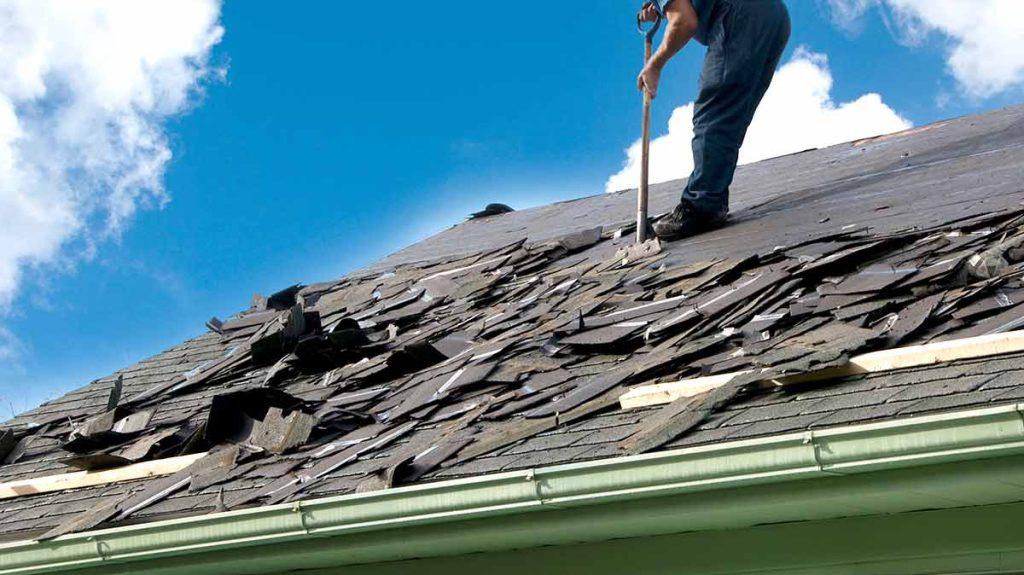Commercial roofs, like any other part of a building, have a finite lifespan. As they age, repairs become more frequent and less effective, making a full replacement the most cost-effective option in the long run. However, understanding the costs associated with commercial roof replacement, specifically on a per square foot basis, is crucial for budgeting and planning. In this article, we’ll delve into the factors that influence the cost of commercial roof replacement per square foot and offer insights to help you make informed decisions for your business.

Determining the Square Footage of Your Roof
Accuracy Matters
To calculate the cost of commercial roof replacement per square foot, you must first determine the square footage of your roof. The accuracy of this measurement is vital to obtaining a precise estimate.
- Break It Down: Divide your roof into sections with easily measurable shapes, such as rectangles or squares. Measure each section separately.
- Use Technology: Utilize digital tools, such as satellite imagery or aerial measurements, which can provide accurate roof dimensions.
- Professional Assessment: For complex roof designs or large areas, consider hiring a roofing professional who can take precise measurements.
Factors Affecting Commercial Roof Replacement Costs
- Roofing Material: The type of roofing material you choose plays a significant role in determining the cost per square foot. Options include single-ply membranes, built-up roofing, metal roofing, and more. Each material has different costs associated with installation and lifespan.
- Roofing System Complexity: The complexity of your roofing system, including the number of penetrations (such as vents and skylights) and the presence of HVAC units or other equipment, can affect the cost. Complex roofing systems require more labor and material.
- Roofing Method: The method of replacement can also influence costs. Tear-off, where the existing roofing material is removed before installing a new one, tends to be more expensive than roof recovery, where a new layer is installed over the existing roof.
- Insulation: Adequate insulation is essential for energy efficiency. Adding or replacing insulation can contribute to the overall cost of your commercial roof replacement.
- Accessibility: The ease of access to your roof can impact labor costs. A roof that’s challenging to access may require more time and effort, increasing the cost per square foot.
- Local Labor Costs: Labor rates vary by location. Areas with higher living costs generally have higher labor rates, which can affect the cost of your commercial roof replacement.
- Code Requirements: Local building codes and permit requirements can also influence costs. Complying with these codes may entail additional expenses.
Calculating the Cost per Square Foot
To calculate the cost of commercial roof replacement per square foot, follow these steps:
- Obtain Multiple Quotes: Contact several roofing contractors for estimates based on your roof’s square footage. Make sure the quotes include all materials, labor, and any additional costs.
- Calculate Total Cost: Sum the total cost of each quote and divide it by the square footage of your roof. This will give you the cost per square foot.
- Consider Long-Term Savings: While the initial cost is essential, also factor in the expected lifespan and maintenance requirements of the chosen roofing material. A more durable and energy-efficient material may justify a higher initial investment.
Conclusion
Understanding the cost of commercial roof replacement per square foot is a critical step in planning for this significant investment. By considering factors like roofing material, complexity, method, insulation, accessibility, local labor costs, and code requirements, you can get a more accurate estimate. Remember that while cost is essential, choosing a roofing solution that offers durability, energy efficiency, and low maintenance can provide long-term savings for your business. Additionally, working with experienced roofing professionals ensures that your project is completed efficiently and effectively.



Leave a Reply